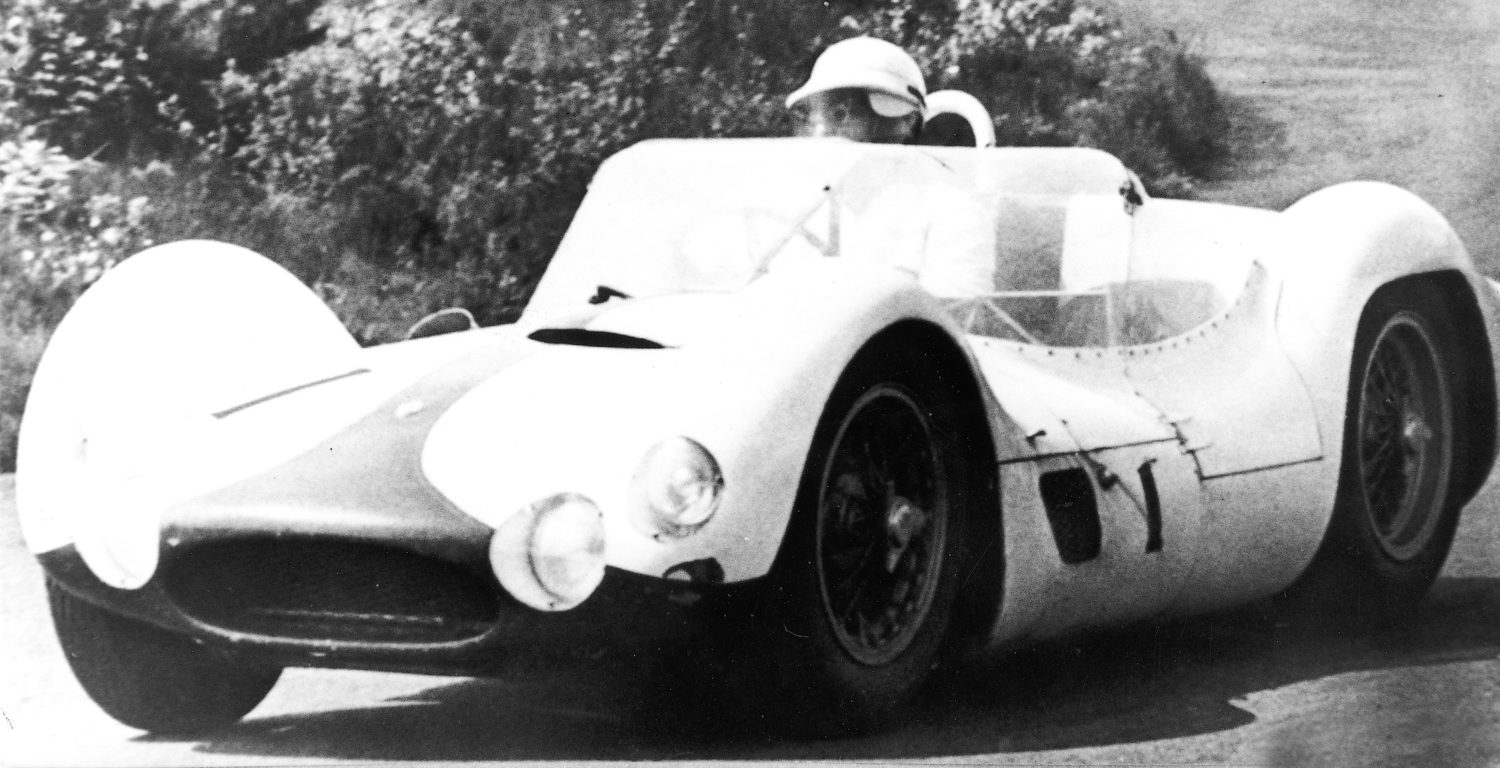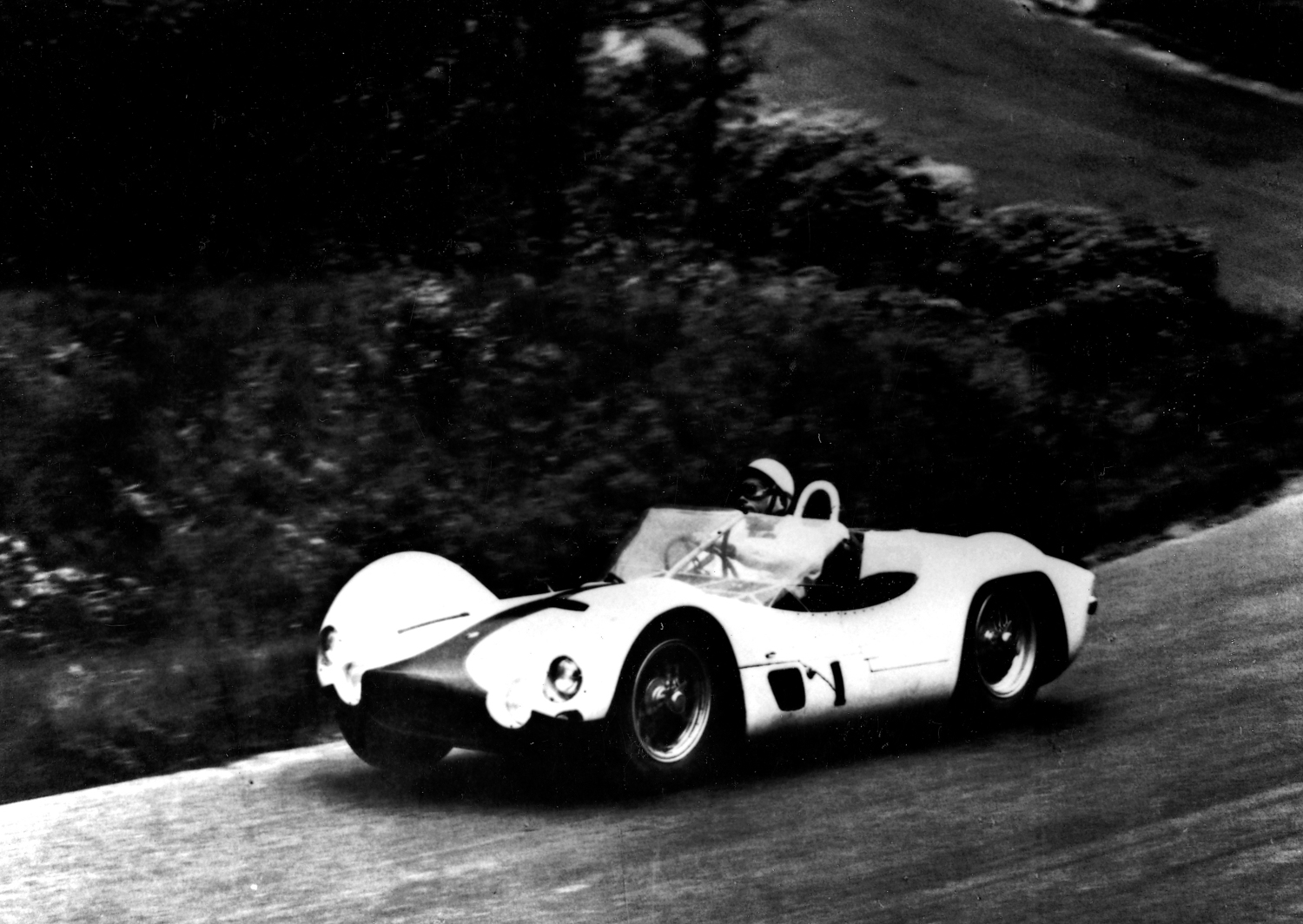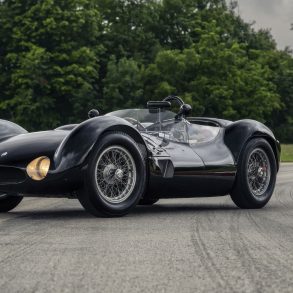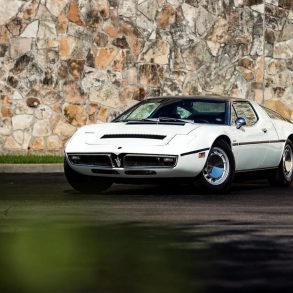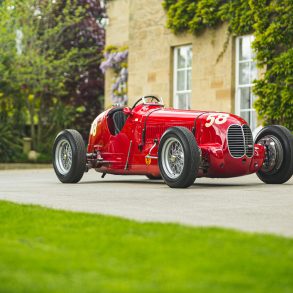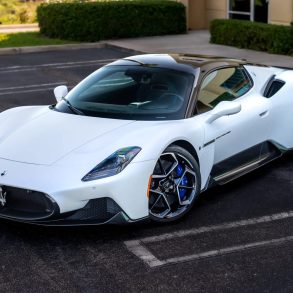On May 28th, Maserati celebrated a significant anniversary; exactly 60 years ago, the Tipo 61 achieved an amazing victory at the seventh edition of the Nürburgring 1,000 kilometres, the great endurance classic held at the Nordschleife.
With this success, the Maserati Tipo 61 driven by Masten Gregory and Lloyd Casner recorded a memorable double, winning again just one year after the victory achieved in 1960, with Stirling Moss at the wheel alongside Dan Gurney.
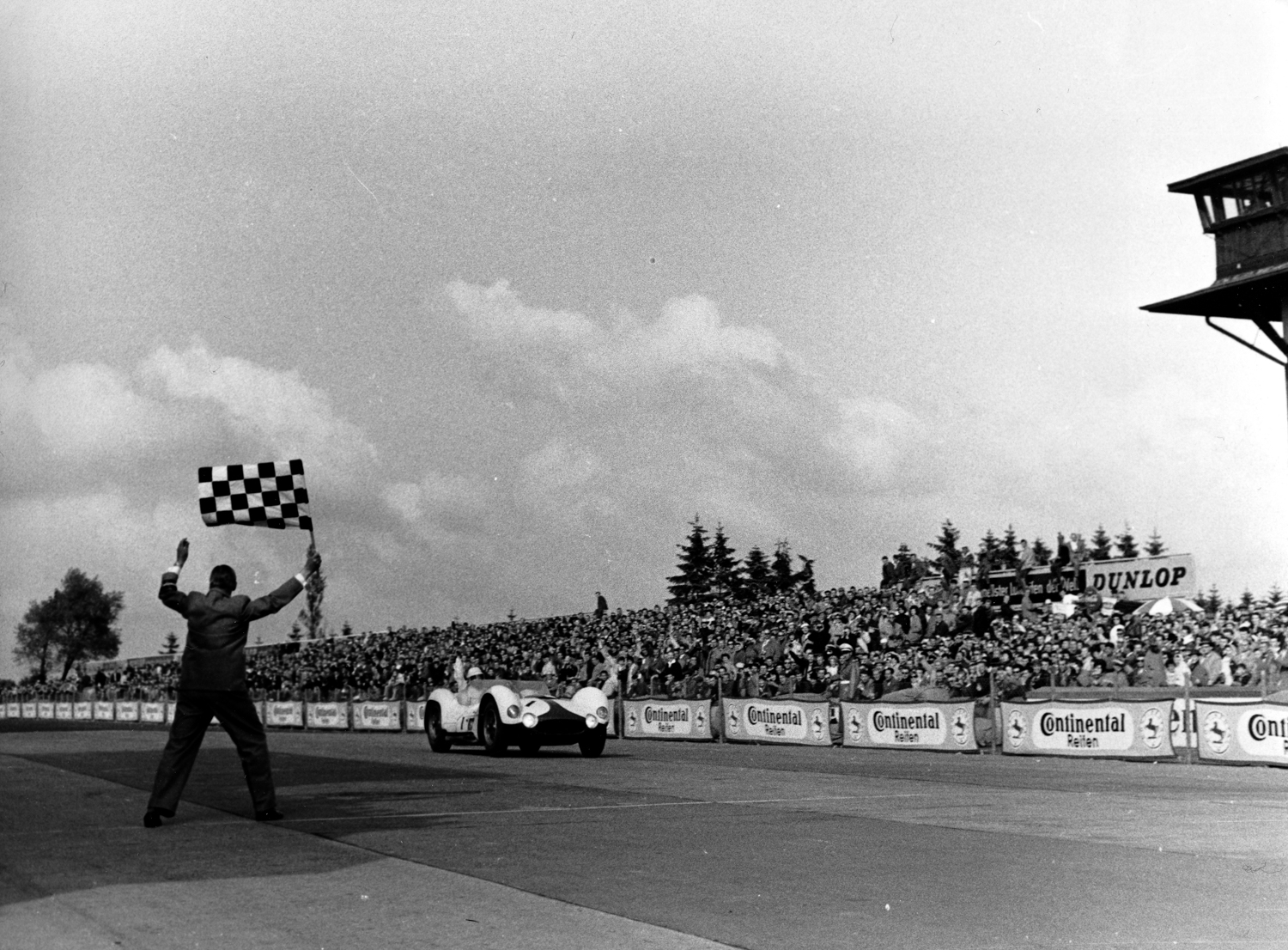
The Tipo 61 was the best known of the series of five models designed by Giulio Alfieri, nicknamed “Birdcage” for its unusual chassis, an intricate structure containing about 200 tubes, combined in a complex assembly that resembled a birdcage. This construction method provided a more rigid chassis that was also lighter than the other racing cars of the time, making this two-seater barchetta perhaps the ultimate solution for front-engined, rear-wheel drive racers.
Maserati began building the Tipo 60 in March 1959, but by November of the same year it was already being transformed into the Tipo 61, to comply with the technical regulations required to compete in the Le Mans 24 Hours. The displacement of the four-cylinder engine was modified to 2,900-cc, while its power output became 250 hp at 7,000 rpm. Otherwise, the car retained the layout and solutions already adopted for the Tipo 60. Moreover, its weight increased from 570 to 600 kg and its top speed from 270 to 285 km/h.
In spite of its massive power output, fuel consumption was still fairly low, and this was vital in endurance races, where the Tipo 61 was able to reduce the number of refuelling stops.
In just three years of production, from 1959 to 1961, the Tipo 60 and the Tipo 61 reigned supreme on the international racing scene, with power and speed that led to a series of extraordinary wins, continuing the victorious tradition of Maserati which now, at the start of its new Era, is once again planning a future in motorsports, under the banner of the MC20.
Key technical features of the Tipo 60 – Tipo 61:
Engine: vertical straight four
Displacement: 1,990 cc – 2,890 cc
Power output: 200 – 250 hp
Gearbox: Mechanical five speed + reverse en-bloc with the differential casing
Chassis: birdcage
Weight: 570 kg – 600 kg
Top speed: 270 km/h – 285 km/h


